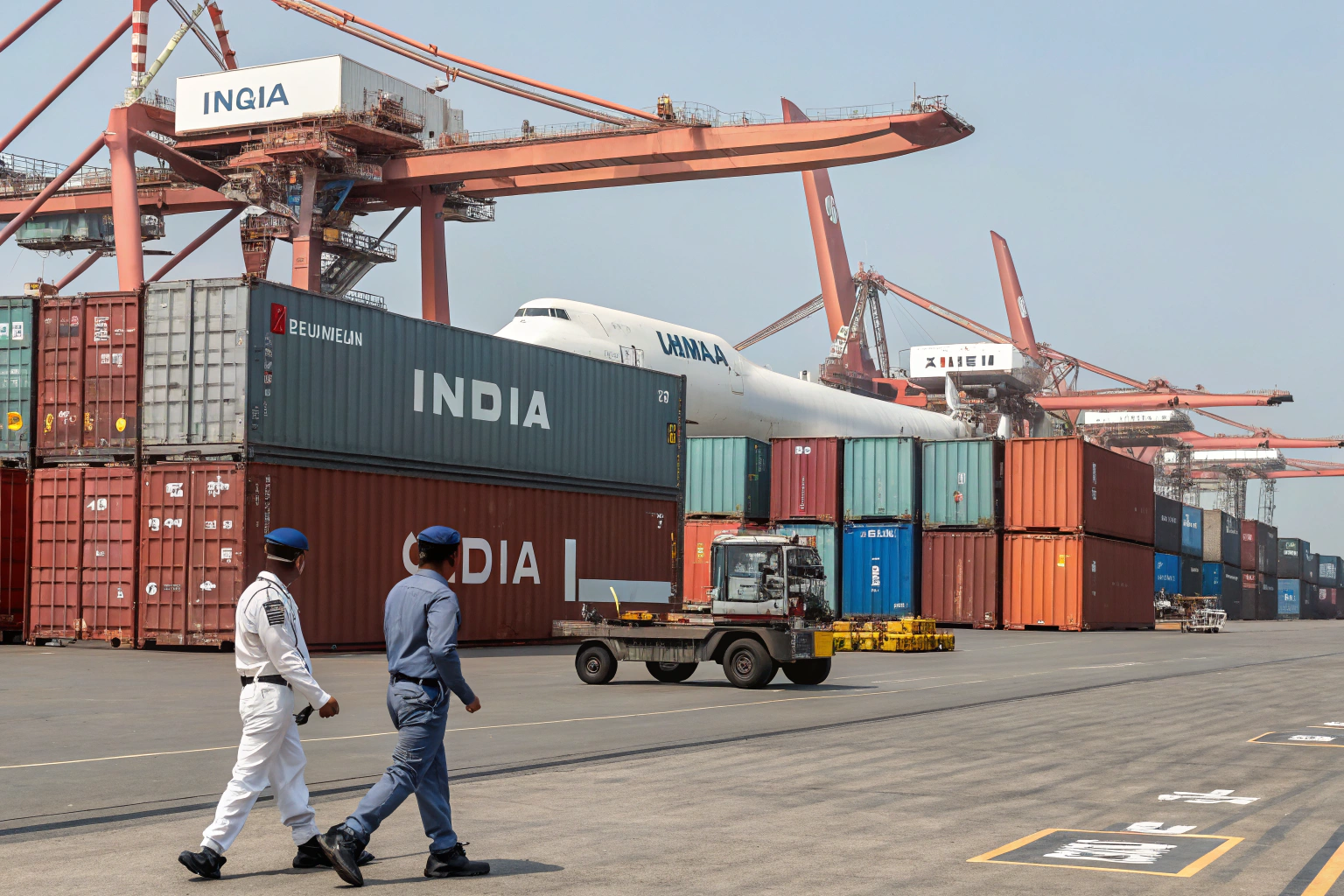When the United States imposes tariffs on goods imported from India, businesses that rely on cross-border trade face immediate challenges. From increased landed costs to supply chain disruptions, these tariffs can ripple through procurement, logistics, and even final retail pricing. Many importers look for alternative freight strategies, including transshipment through third countries or consolidating shipments for efficiency. However, these options come with compliance, timing, and cost considerations that must be weighed carefully.
In simple terms, higher US tariffs on Indian goods often push importers to rethink their supply chains, sometimes routing through other ports or combining shipments to save costs and meet deadlines. This has direct implications for how freight forwarders like us at GeeseCargo plan routes, select carriers, and ensure customs compliance.
In this article, I will share practical insights from my years of freight forwarding experience, focusing on how tariff policy shifts impact transshipment and consolidation decisions. If you’re moving commodities from India—or combining them with goods from China—these strategies could make or break your delivery timelines and profit margins.
How Do US Tariffs on Indian Goods Influence Freight Routing?
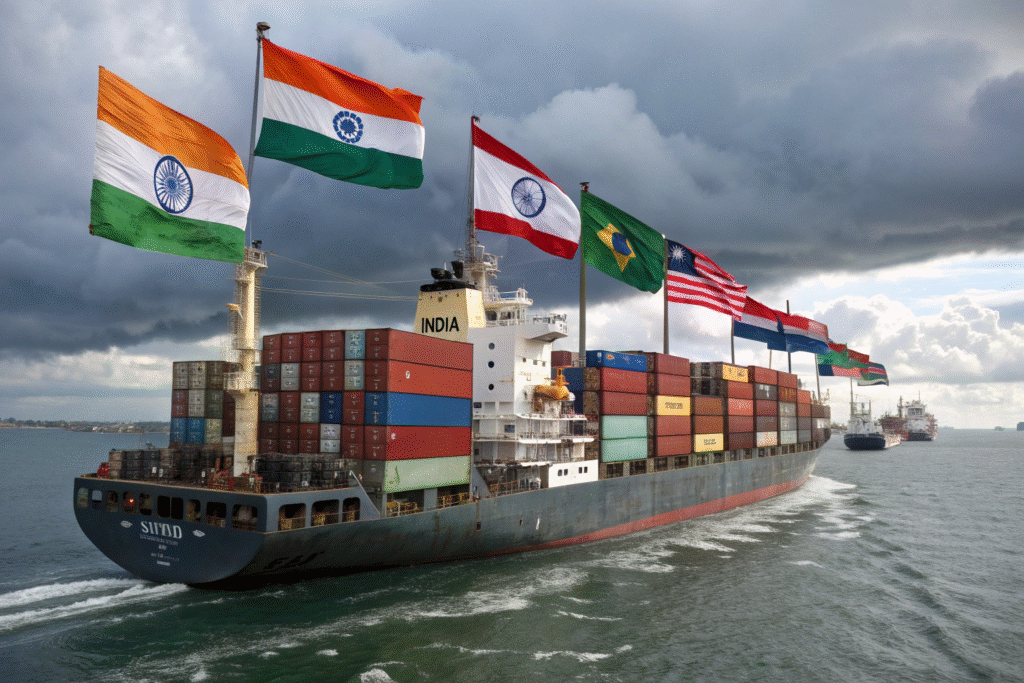
Tariff changes are like sudden storms for international shippers—unexpected and disruptive. When US tariffs increase on Indian products, the direct India–US shipping lane becomes more expensive. Many shippers then consider rerouting cargo through other ports, either to delay customs clearance or to combine it with goods from tariff-neutral countries.
By analyzing freight rates, port fees, and customs implications, we can decide whether a direct route or a transshipment path via a third country offers better value. In some cases, using ports in Singapore, Malaysia, or even China as staging points can significantly lower total landed costs despite longer transit times.
What Are the Key Routing Alternatives to Avoid Tariff Costs?
One common strategy is to use Singapore’s port network for cargo transshipment. Singapore is a major hub with efficient customs and flexible freight services. Another alternative is routing through Port Klang in Malaysia, which is strategically located for Southeast Asia–US trade.
However, the legality of tariff circumvention depends on the rules of origin. Goods substantially transformed in another country may be considered as originating there, but simple transshipment without value addition still leaves them subject to US tariffs. This makes compliance expertise crucial.
How Does Route Selection Affect Delivery Timelines?
Switching from direct India–US shipping to a multi-leg route can add days or weeks to transit time. For example, routing through Port of Shanghai may involve cargo consolidation and re-export schedules that don’t align perfectly with customer demands. Choosing this path requires close coordination between suppliers, freight forwarders, and customs brokers to prevent costly delays.
How Can Transshipment Help Optimize Tariff-Impacted Shipments?
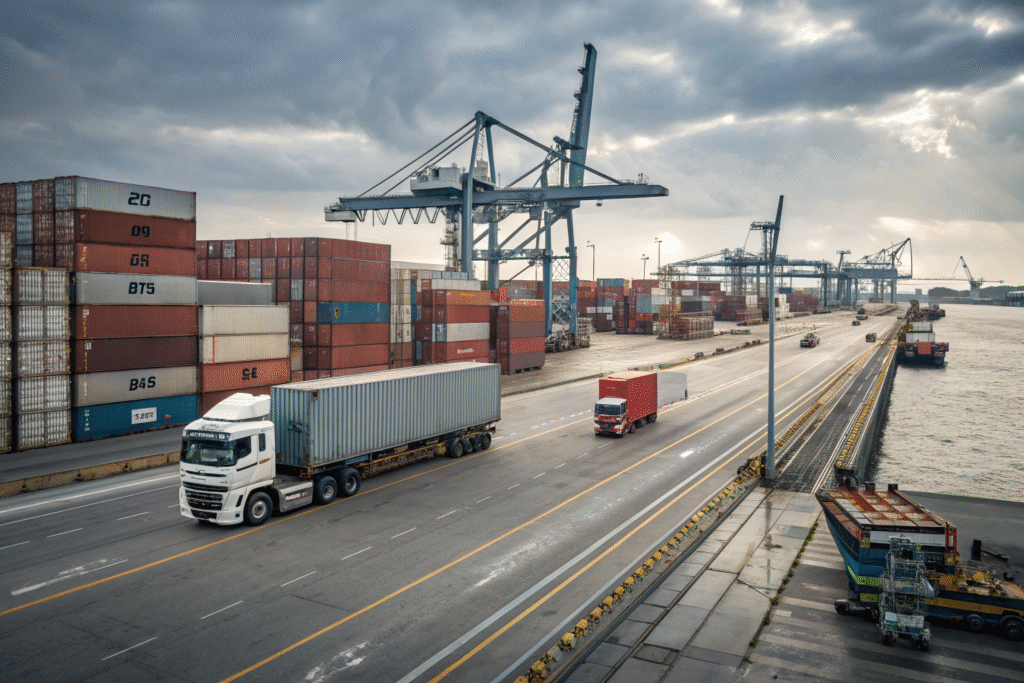
When tariffs hit, transshipment becomes more than just a logistical step—it becomes a strategic lever. By routing goods through a third country, shippers can explore duty drawback programs, free trade agreements (FTAs), and even better freight rates.
In many cases, we help clients combine Indian goods with products from other Asian suppliers to create a mixed-origin shipment, potentially reducing average tariff exposure. This process requires strict documentation, verified bills of lading, and transparent declarations to avoid compliance issues.
Which Countries Are Most Effective as Transshipment Hubs?
Hong Kong is well-known for its role in re-export trade, offering strong logistics infrastructure and minimal customs friction. Another effective hub is Jebel Ali Port in Dubai, which provides fast turnaround times and extensive connectivity to US-bound routes.
The choice of hub depends on freight rates, transit time, and the complexity of customs paperwork. We always run a cost-benefit analysis before recommending a hub to our clients.
What Documentation Is Needed for Legal Transshipment?
To legally leverage transshipment, shippers need complete origin certificates, commercial invoices, and proof of substantial transformation when applicable. For example, if Indian textiles are processed in Vietnam, detailed manufacturing records are essential for US Customs to accept the new origin. Without these, goods risk being flagged or rejected.
How Does Shipment Consolidation Lower Overall Tariff Impact?
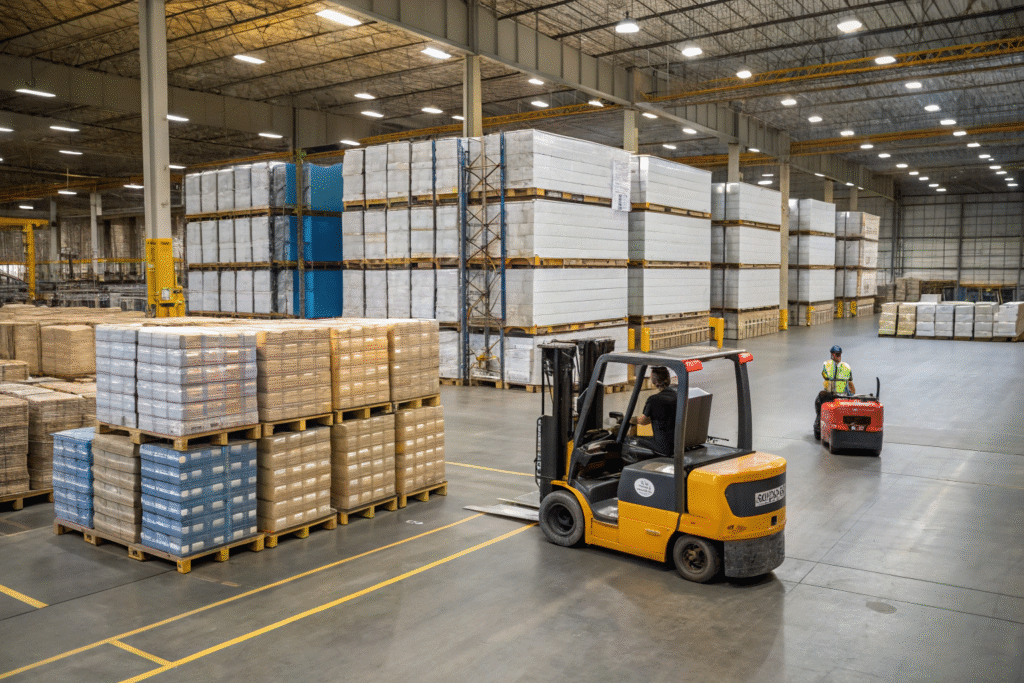
Consolidation is a cost-saving approach where smaller shipments from different suppliers are combined into one container or air cargo load. For goods affected by tariffs, consolidation can help spread fixed costs and lower the per-unit tariff burden.
At GeeseCargo, we often consolidate India-origin goods with tariff-neutral items from China, Vietnam, or Bangladesh, creating a mixed shipment that may qualify for lower overall duties.
What Are the Best Practices for Effective Consolidation?
The first step is coordinating supplier production schedules to align with consolidation cut-off dates. Using a freight consolidation center near the port can help manage timing. Another best practice is implementing cargo tracking systems to keep all stakeholders updated on shipment status.
We also recommend working with a single freight forwarder for the entire process to ensure consistent paperwork, container optimization, and customs declaration accuracy.
How Does Consolidation Affect Customs Clearance?
Customs clearance for consolidated shipments requires precise cargo manifests. If goods come from multiple countries, each must be declared with its correct origin and value. For example, combining Indian leather goods with Chinese electronics requires separate HS codes and origin certificates. Failure to provide this can lead to customs holds or penalties.
What Compliance Risks Should Importers Consider?
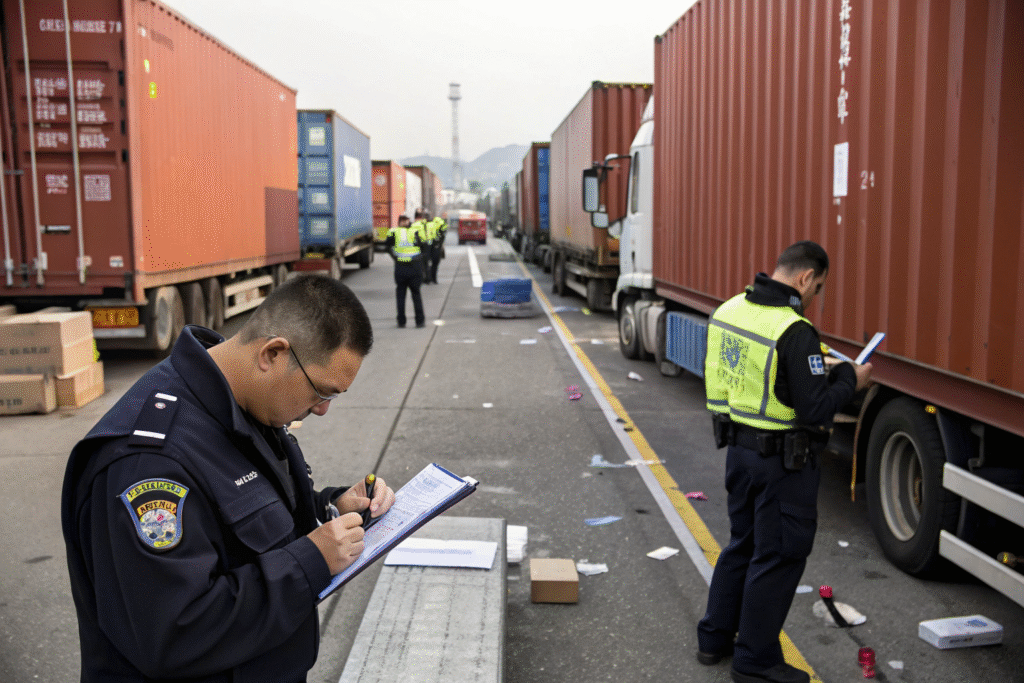
Tariff circumvention through illegal misdeclaration or false origin claims carries serious penalties. US Customs actively monitors import data for suspicious patterns, and penalties can include fines, seizure of goods, and even criminal charges.
That’s why we always advise clients to balance cost savings with regulatory compliance, using legitimate transshipment and consolidation methods.
How Can Importers Ensure Compliance While Saving Costs?
Using licensed customs brokers such as CBP-certified specialists can help ensure all paperwork is correct. Partnering with a reputable freight forwarder also provides an added layer of oversight, reducing the risk of errors in tariff classification or valuation.
Another safeguard is implementing automated compliance software that checks shipment data against US tariff schedules before booking. This proactive approach helps avoid costly surprises at the port.
What Are the Consequences of Non-Compliance?
Aside from fines and delays, non-compliance can damage your brand’s reputation with both customers and regulators. Repeat violations may lead to increased scrutiny on all future shipments, even those unrelated to the original infraction. This is why transparent and ethical practices remain the most sustainable approach in the long run.
Conclusion
US tariffs on Indian goods have made transshipment and consolidation strategies more critical than ever. The right combination of routing, hub selection, shipment consolidation, and strict compliance can help importers control costs and maintain delivery schedules. However, every situation is unique, and what works for one shipment may not work for another.
If you are importing from India, China, or other Asian markets to the US, GeeseCargo can help you design a cost-effective and compliant freight plan. Contact our experienced team, and we’ll tailor a solution for your needs. You can reach Ben Zhu at benzhu@geesecargo.com for personalized assistance.
